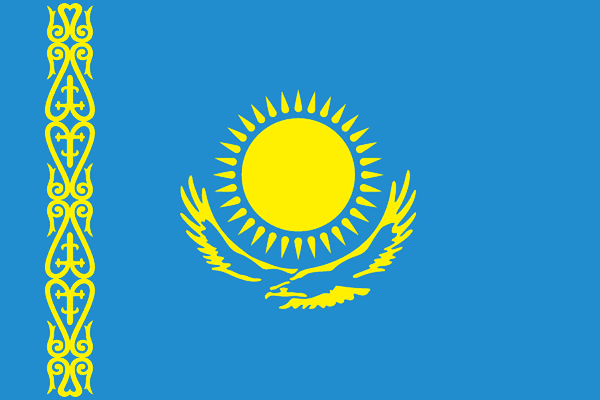Members
The EAG’s founders are six states of the Eurasian region that signed the Declaration at the Founding Conference in Moscow in 2004. One year later, Uzbekistan joined the EAG as a member state, followed by Turkmenistan and India five years later. Membership in the EAG is open to other countries of the region which:
- take active steps to develop and enforce laws in the sphere of AML/CFT in compliance with the FATF 40 Recommendations
- assume the obligation of participating in the EAG mutual evaluation programs, and
- assume the obligation of actively participating in the plenary meetings and other events of the EAG.
States obtain membership status in the EAG after their application is approved by the Plenary meeting. Membership in a FATF-style regional body, which the EAG is, is a condition for membership in the FATF.
There are nine EAG member states:

 Login to your account
Login to your account Eng
Eng Рус
Рус







